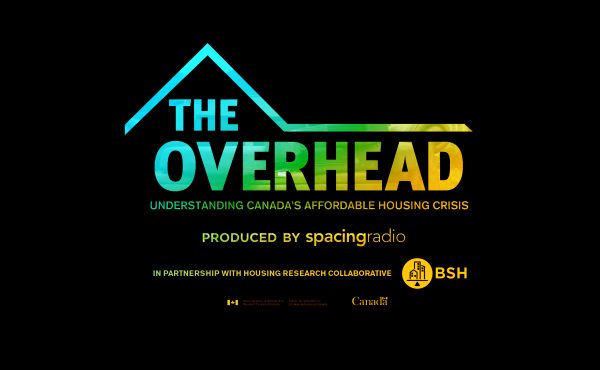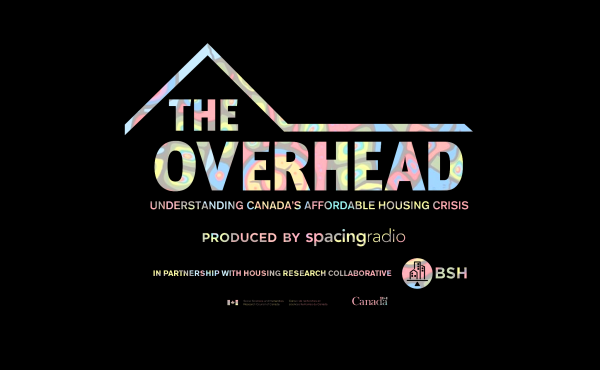In 2019, Canada adopted the National Housing Strategy Act, which commits all governments in Canada to “progressive realization of the right to adequate housing,” with an emphasis on “improving housing outcomes for those in greatest need.”
But many recent mid-way evaluations of the current National Housing Strategy make clear that all levels of government — local, regional, provincial/territorial, and the federal — have failed to provide new homes that are affordable or suitable to those who are unhoused or in core housing need. A growing consensus is reflected from sources as diverse as the Canadian Housing Renewal Association (the industry association for non-profit housing providers) and Scotiabank, which concluded that doubling non-profit housing is a necessary jump start towards the homes Canadians need.
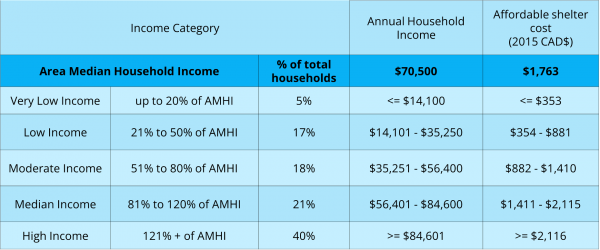
Central to the problem of steering the right supply is the absence of shared, replicable, comparable and equity-focused data to measure housing need, as well as a lack of understanding of the best policies that can provide the right supply for who needs what kinds of housing where.
The Housing Assessment Resource Tools (HART) project, based at the University of British Columbia (UBC), aims to solve that problem. On Wednesday March 29 at 10am PST/ 1pm EST, we will be launching our new website with three tools that can help governments, community organizations and developers better address the affordable housing and homelessness crisis facing Canada. Register your place here.
The Housing Need Assessment Tool: a new way to plan for affordable homes
This tool will allow the analysis of census data on core housing need by income category, household size and priority populations. Currently, most government programs do not use the CMHC’s standard definition of “affordable housing,” which is no more than 30% of pre-tax household income. They also do not focus on low- and moderate-income categories, as did affordable housing programs from the 1940s to the 1990s, when the federal government abandoned responsibility for national housing policy.
We use five income categories, each based on area median household income or AMHI (since incomes vary so much by community):
- Very low income: These households, earning less than 20% of AMHI, are mostly on fixed incomes.
- Low income: Households earning 21- 50% of AMHI, the Low Income Cut Off or poverty line. Many are reliant on minimum wage.
- Moderate income: These households earn between 51-80% of AMHI and have also benefitted in the past from public and other non-profit housing.
- Median income: These households earn between 81-120% of AMHI, and have traditionally been able to afford homeownership. However, first time homeownership is unaffordable in most Canadian communities, forcing long commutes for many young families.
- Higher income: Households earning over 121% of AMHI. In many of Canada’s larger cities, even higher income households who currently rent find homeownership unaffordable.
The new housing need assessment tool allows calculation of affordable housing costs for every community in Canada.
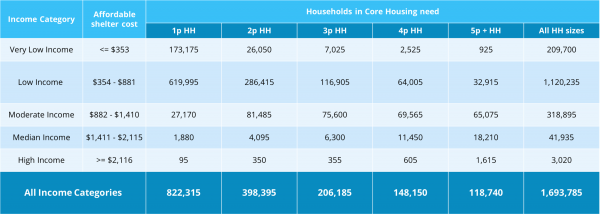
Our data shows that most households in core housing need are very low-, low- and moderate-income households. There is simply not enough housing supply available for both one person and multiple person households at the costs these households can afford.
If the federal government wants to achieve its targets of 530,000 households removed from core housing need by 2028 (out of a total of 1.7 million households in 2016), halving the number of those chronically homeless (at least 25,000 people, not included in census calculations of core housing need), and addressing the needs of students, people in congregate housing such as long-term care homes, and farm workers (none of whom are included in census calculations of core housing need), it will need clear targets for housing costs and household sizes.
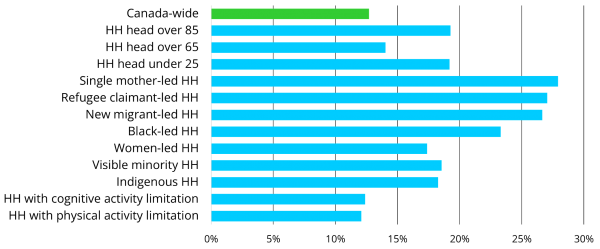
The current federal government has committed to a gender and intersectional equity approach to housing targets, but it has not analysed need for these groups. Ottawa has also announced sub-targets, for instance, 33% of all federal housing funding for women-led households. Those with physical, cognitive or mental health issues and household heads over 85 may have additional support needs. Lastly, the federal government has pledged to support separate For Indigenous, By Indigenous housing and more recently, created a fund for Black-led housing initiatives. Data would help in monitoring equitable outcomes.
Our Housing Needs Assessment Tool will provide data on priority populations in core housing need for every community in Canada, to allow the development of provincial/territorial, regional and municipal targets and sub-targets.
Land Assessment Tool: the most effective way governments can address housing need
International evidence agrees that use of publicly-owned land for non-profit and affordable housing is the most effective way to meet the needs of low- and moderate-income households. Indeed, the combination of free land (either donated or free-leased) and non-profit development can deliver up to 50% of the cost of new homes.
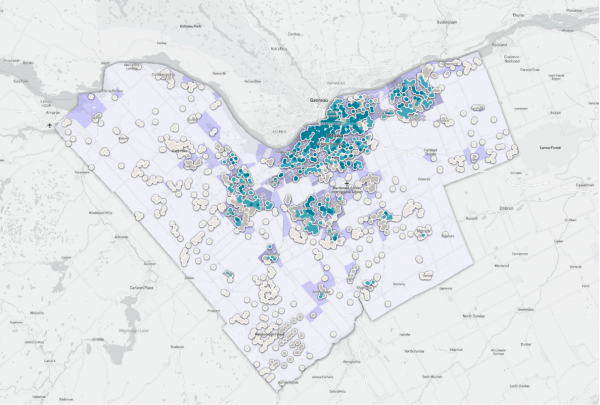
Our Land Assessment Tool shows how to identify well-located government land that is suitable for scaling up non-profit housing, including “housing on top” of existing infrastructure like health centres, libraries, and fire stations. Working with 12 government partners, we have identified thousands of sites that could be used to develop new affordable, transit-oriented homes to meet the needs of those who are homeless or in core housing need, and jumpstart the kind of supply that is most required for the socially, economically and environmentally sustainable communities of the future.
Acquisitions Tool: stopping the haemorrhage of affordable homes
Between 2011 and 2016, 15 affordable homes renting at $750 or less a month were lost for every non-profit home created in Canada. The reason is that the federal government has been largely absent in the development and acquisitions of affordable housing since the 1990s. There are growing calls for a national acquisition strategy that transfers rental homes at risk of losing their affordability to the non-profit sector. Several governments in Canada, including B.C., Nova Scotia and the City of Toronto have launched their own acquisition strategies.
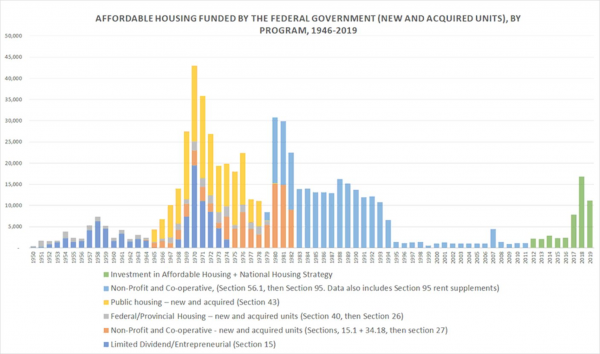
Our Acquisitions Tool analyses Canadian and international best practices to provide easy-to-use fact sheets for governments considering supporting acquisition of low-cost rental. It covers the identification of suitable properties, financing rapid acquisition of properties on the market, and considerations to maintain affordability of the homes while improving their condition and environmental sustainability.
For more information on how the Housing Assessment Tools can work for your community, please contact us at HART@allard.ubc.ca, register for our launch, or attend our session at the CHRA Congress in Winnipeg April 18-20.
Carolyn Whitzman, expert advisor for the Housing Assessments Resource Tools initiative, is Adjunct Professor, Department of Geography, Environment and Geomatics, at the University of Ottawa. Follow her on Twitter at @CWhitzman.



